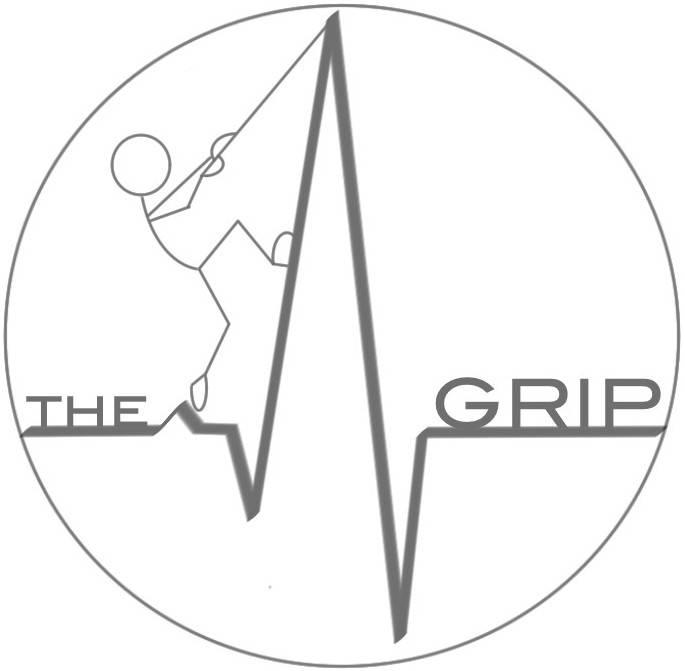Assessment of Lung Aeration and Recruitment by CT Scan and Ultrasound in Acute Respiratory Distress Syndrome Patients.
Chiumello D, Mongodi S, Algieri I, Vergani GL, Orlando A, Via G, Crimella F, Cressoni M, Mojoli F.
Crit Care Med. 2018 Jul 25. doi: 10.1097/CCM.0000000000003340
Abstract
OBJECTIVES:
Lung ultrasound is commonly used to evaluate lung morphology in patients with acute respiratory distress syndrome. Aim of this study was to determine lung ultrasound reliability in assessing lung aeration and positive end-expiratory pressure-induced recruitment compared with CT.
DESIGN:
Randomized crossover study.
SETTING:
University hospital ICU.
PATIENTS:
Twenty sedated paralyzed acute respiratory distress syndrome patients: age 56 years (43-72 yr), body mass index 25 kg/m (22-27 kg/m), and PaO2/FIO2 160 (113-218).
INTERVENTIONS:
Lung CT and lung ultrasound examination were performed at positive end-expiratory pressure 5 and 15 cm H2O.
MEASUREMENTS AND MAIN RESULTS:
Global and regional Lung Ultrasound scores were compared with CT quantitative analysis. Lung recruitment (i.e., decrease in not aerated tissue as assessed with CT) was compared with global Lung Ultrasound score variations. Global Lung Ultrasound score was strongly associated with average lung tissue density at positive end-expiratory pressure 5 (R = 0.78; p < 0.0001) and positive end-expiratory pressure 15 (R = 0.62; p < 0.0001). Regional Lung Ultrasound score strongly correlated with tissue density at positive end-expiratory pressure 5 (rs = 0.79; p < 0.0001) and positive end-expiratory pressure 15 (rs = 0.79; p < 0.0001). Each step increase of regional Lung Ultrasound score was associated with significant increase of tissue density (p < 0.005). A substantial agreement was found between regional Lung Ultrasound score and CT classification at positive end-expiratory pressure 5 (k = 0.69 [0.63-0.75]) and at positive end-expiratory pressure 15 (k = 0.70 [0.64-0.75]). At positive end-expiratory pressure 15, both global Lung Ultrasound score (22 [16-27] vs 26 [21-29]; p < 0.0001) and not aerated tissue (42% [25-57%] vs 52% [39-67%]; p < 0.0001) decreased. However, Lung Ultrasound score variations were not associated with lung recruitment (R = 0.01; p = 0.67).
CONCLUSIONS:
Lung Ultrasound score is a valid tool to assess regional and global lung aeration. Global Lung Ultrasound score variations should not be used for bedside assessment of positive end-expiratory pressure-induced recruitment.
PMID: 30048331
From Pubmed
